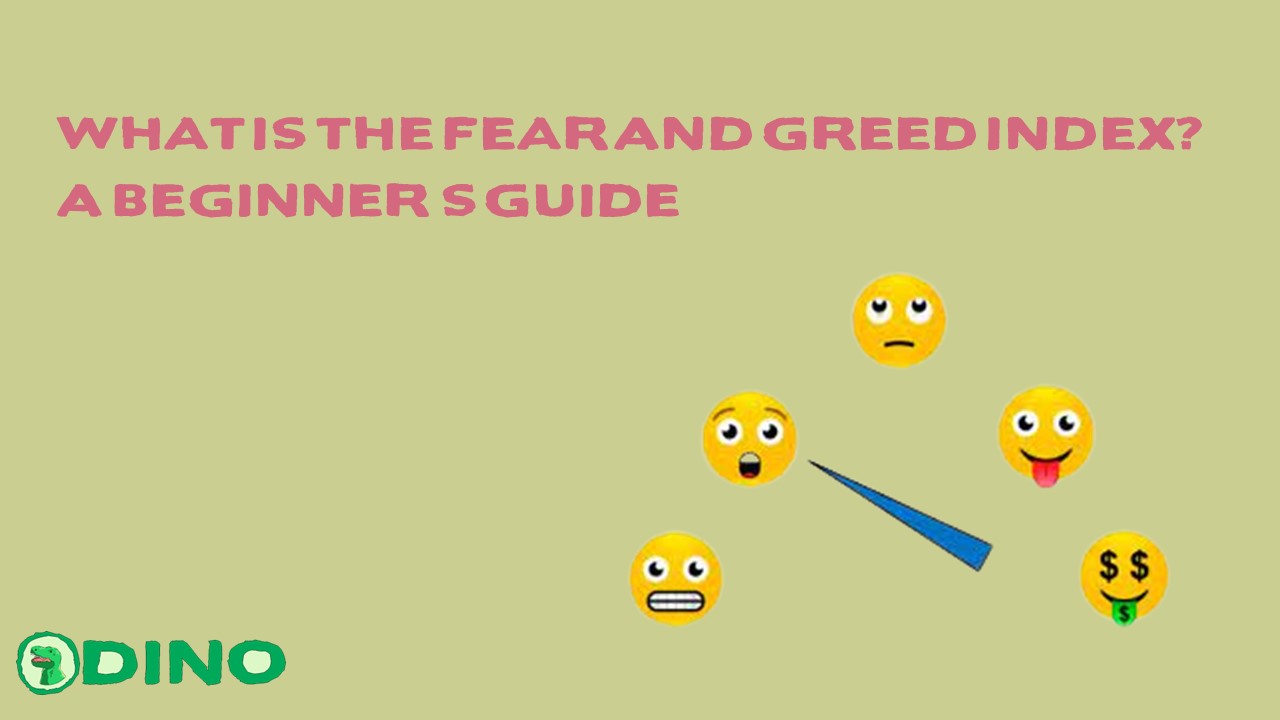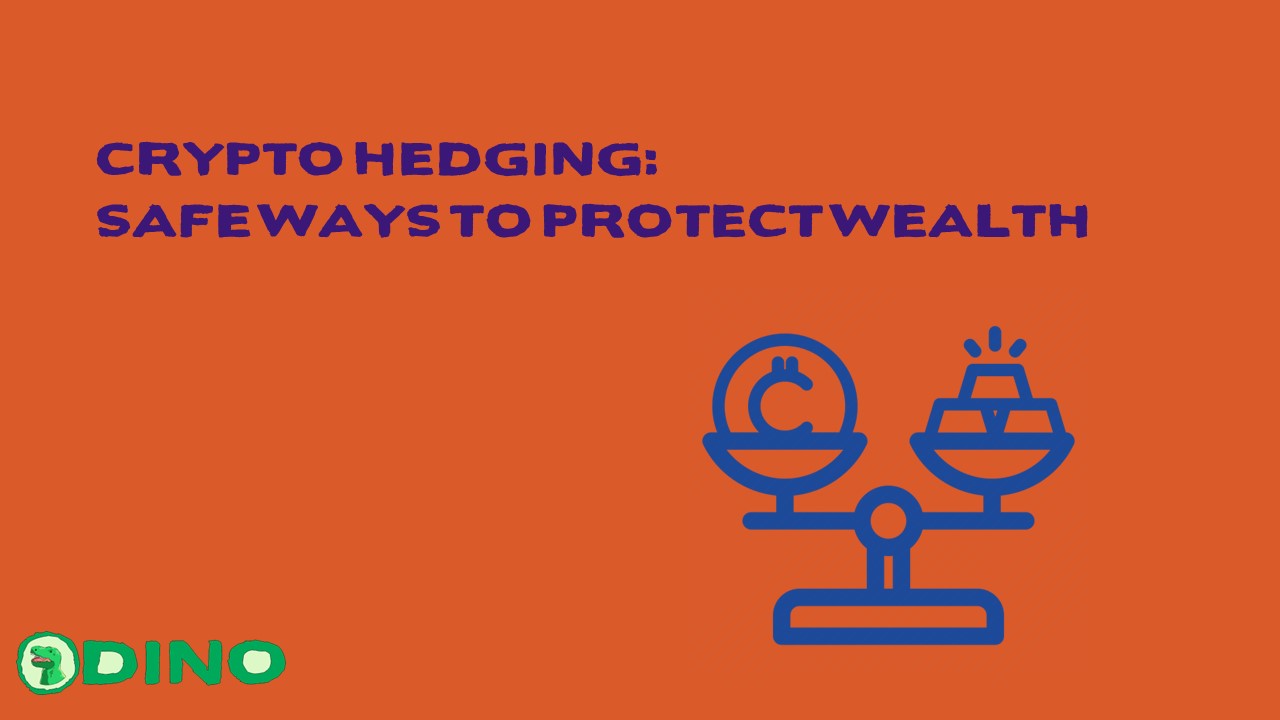Understanding sentiment and movements are fundamental as an investor, especially when you want to sell or buy crypto.
Because investors can achieve optimal results when selling and get the best price when buying.
There are many ways to understand crypto market sentiment and movements, from social media sentiment to on-chain data analysis.
One commonly used Index is the Fear and Greed Index, which generally helps see the sentiment of crypto investors to help make crypto transaction decisions.
Fear and Greed Index
The Fear and Greed Index is an index that measures the sentiment of crypto investors when the majority of investors are worried or greedy.
This Index uses numbers 1 to 100 to measure the sentiment or views of crypto investors towards current market conditions.
Number 1 reflects excessive worry or “extreme fear”, and 100 represents excessive greed or “extreme greed”.
This Index was created by Alternative. me based on the Fear and Greed index, which is commonly used for stock analysis.
Please note that this Index can measure each crypto individually. So there is Fear and Greed for Bitcoin, Ethereum, and other cryptos.
Currently, the Fear and Greed Index Bitcoin by Alternative.me is the most commonly used. Most investors use the Index because of the strong dominance of Bitcoin to see market movements and sentiment.
How Fear and Greed Index Works
The fear and greed index works by calculating several factors using mathematical loading calculations. The burden affects the percentage of the effect of the calculation results on this index number, namely:
Market
Volatility Market volatility is the most significant influence in this calculation, where the effect of the results in the computation of the Fear and Greed index is 25%.
This factor is calculated by looking at the current high or low volatility conditions.
The higher the volatility, the smaller the Fear and Greed Index, indicating the market is worried or panicked.
Social Media Social
Media is the second most significant influence, with the calculation that it will impact 15% of the Fear and Greed Index.
This calculation factor analyzes interactions related to keywords & hashtags associated with the coin or token.
The more interactions and hashtags published on social media related to the coin or token, the higher the Fear and Greed index will be.
This means that the more people talk about the coin or token, the greedier those crypto investors will be, according to the Fear and Greed Index.
Google Trend
Next is Google Trend, which impacts 10% on the Fear and Greed Index calculation results.
Calculations in this factor refer to Google Trends. The higher the data in the trend related to the crypto, the more greedy the investor is generally.
The Dominance of Coins or Tokens
Last is the dominance of the analyzed crypto market capitalization, which impacts 10% on the Fear and Greed Index calculation.
As a result, the most commonly used crypto is currently Bitcoin; this factor uses data from Bitcoin Dominance.
When Bitcoin Dominance rises, Bitcoin’s Fear and Greed Index will approach 100 as investor funds go out of Altcoins to Bitcoin.
How to Use the Fear and Greed Index
Before using this Index in analysis, it is necessary to know the reflection of this Index on new investors and large investors or whales.
When the Index approaches “Extreme Fear” or number 1, new investors or short-term “investors” will start to panic and worry.
So when this condition occurs, generally, the majority of these investors sell their crypto.
On the other hand, for large investors or whales with long-term investments, when the Index is close to 1, they generally make purchases.
The assumption is that when the index number is close to 1, most cryptos are considered cheap by large long-term investors.
This is also most likely driven by the amount of selling pressure from panicked investors.
So, big investors get higher profits because they sell when the price goes up or when the Index is close to 100 and buy when the price goes down or cheap, i.e. when the Index is relative to number 1.
Fear and Greed Analysis
This assumption can be proven by the Bitcoin Liveliness data reflecting whale movements and Fear and Greed Index data.


When Bitcoin Liveliness moves down, it is generally a sign that a prominent investor or whale, whose transaction number is over $1 Million, is making a purchase.
When viewed from the two data above, the index number is also at a low number when Bitcoin Liveliness moves down.
If you look at these movements, it is relatively easy to use this Index if you want to follow big investors.
When this Index is approaching number 1, it is better for investors to make purchases because it is relatively cheap.
Then when the Index approaches 100, it’s a good idea for investors to be prepared to sell if they have short or medium-term targets because, generally, prices are rising.
Conclusion
The fear and greed index is a score that describes market sentiment, whether they are afraid or greedy. By knowing this score, traders and investors will get an overview of market conditions and determine the appropriate investment or trading risk management steps.
But keep in mind that this analysis should be juxtaposed with other analyzes to ensure there is no FOMO and always go deeper into what is being done with funds in the crypto market.
More News About Crypto : NEWS
Follow our Twitter : https://twitter.com/DinoDapps




